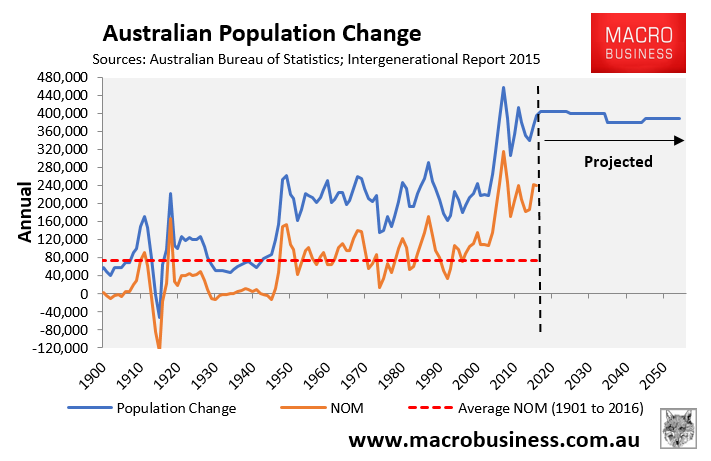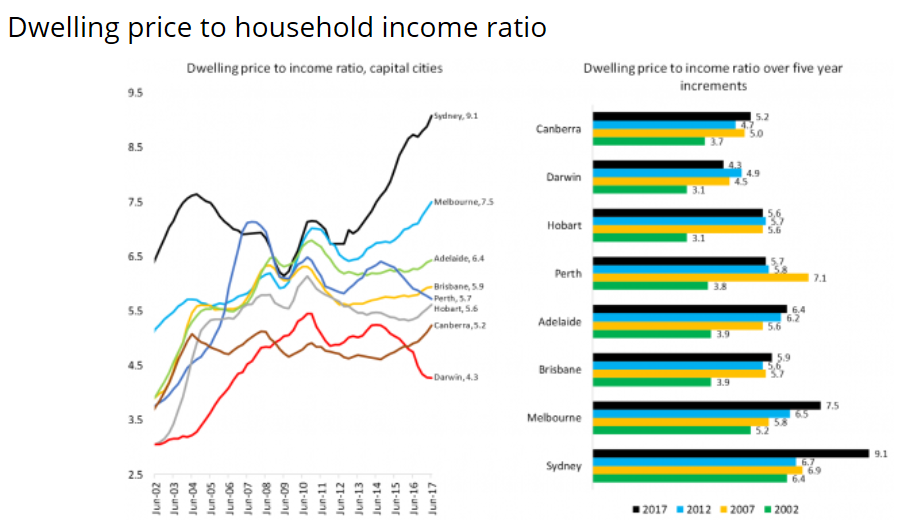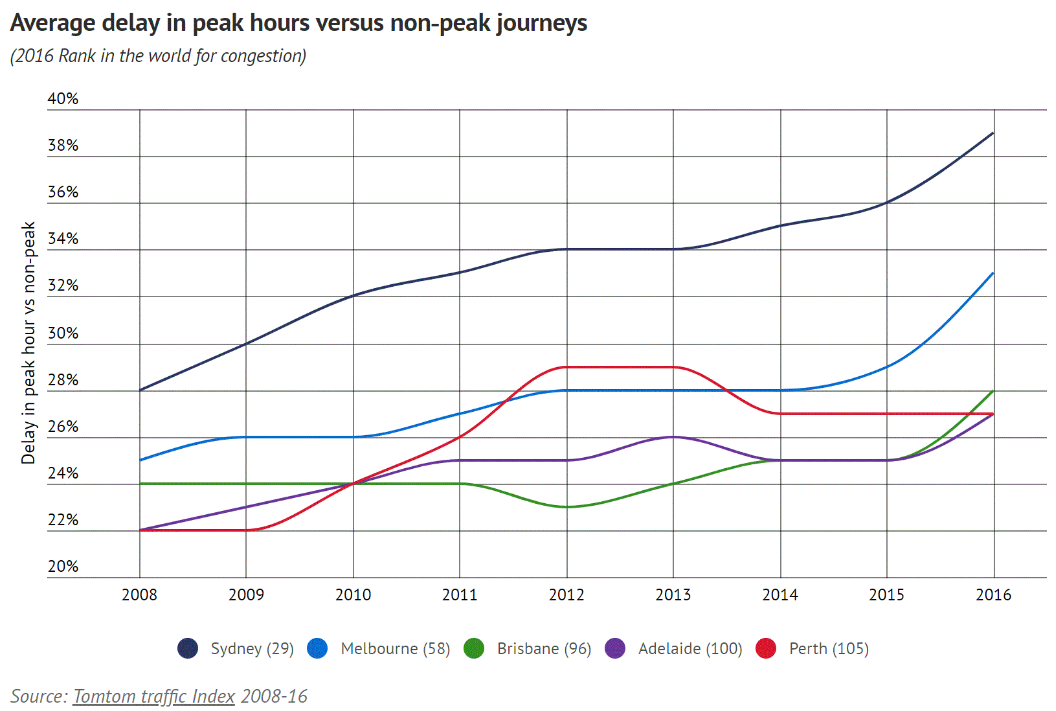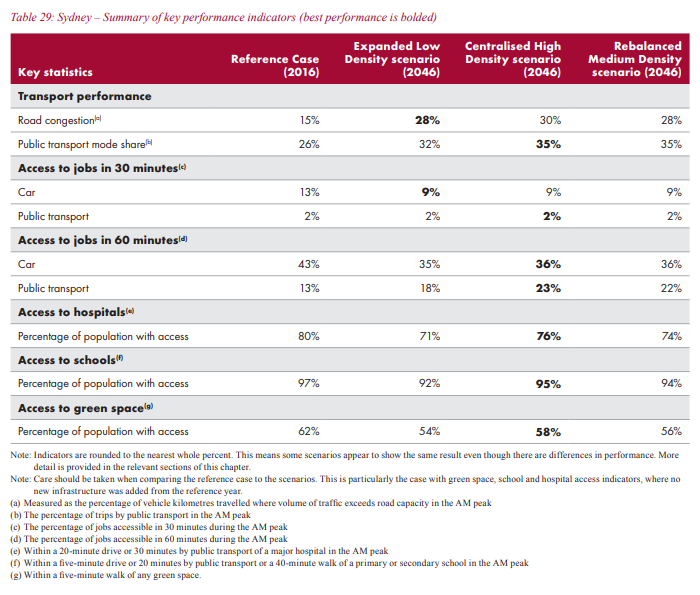Over recent years, Fairfax’s economics editor, Ross Gittins, has lamented the “bizonomics” of immigration, how “our economists have turned off their brains on the question of immigration”, and described Australia’s mass immigration ‘Big Australia’ policy as “the cheap and nasty way to grow the economy”.
Yet over the weekend, Ross abandoned his usual thinking on the issue, uncritically accepting RBA Governor, Phil Lowe’s, dubious assessment that Australia’s economy is winning thanks to our mass immigration program [my emphasis]:
Particularly because of our emphasis on skilled workers and students (as opposed to bringing out nonna and nonno), the median age of new migrants is between 20 and 25, more that 10 years younger than the median age of the rest of us.
At the time of Treasury’s first intergenerational report in 2002, our present median age of 37 was expected to rise rapidly to more than 45 by 2040. But after the past decade of increased immigration of young people, the latest estimate is that the median age will be only about 40 by then.
“This is a big change in a relatively short period of time, and reminds us that demographic trends are not set in stone,” Lowe says.
…our relative youth and higher fertility rate means our dependency ratio is expect to stay lower than other countries’ for the next 25 years or so. Only then is it projected to rise rapidly…
…To economists, this slower rate of population ageing – that is, slower rise in the old-age dependency ratio – is great news. It means the economy’s growth in coming years won’t slow as much as they were expecting (see point above about the participation rate).
It also means ageing will put less pressure on future federal and state budgets.
Sadly, it appears Ross Gittins has turned-off his brain and fallen into exactly the same trap as the economists he has previously derided. Because if Ross had bothered to give the ageing issue a bit of thought, he would quickly have concluded that the ageing benefits from immigration are only transitory, because migrants also age, therefore requiring an ever-larger immigration intake.
This is where the “only then is it [the dependency ratio] projected to rise rapidly” comes in. The recent batch of migrants will grow old, thus merely kicking Australia’s ‘ageing problem’ into the future, but with the added downsides on infrastructure, housing and the environment that comes from a significantly larger population.
Don’t just take my word for it. Ross should have boned up on the Productivity Commission (PC) which has for more than a decade debunked the ‘immigration solves ageing’ claim:
- PC (2005): “Despite popular thinking to the contrary, immigration policy is also not a feasible countermeasure [to an ageing population]. It affects population numbers more than the age structure”.
- PC (2010): “Realistic changes in migration levels also make little difference to the age structure of the population in the future, with any effect being temporary“…
- PC (2011): “…substantial increases in the level of net overseas migration would have only modest effects on population ageing and the impacts would be temporary, since immigrants themselves age… It follows that, rather than seeking to mitigate the ageing of the population, policy should seek to influence the potential economic and other impacts”…
- PC (2016): “[Immigration] delays rather than eliminates population ageing. In the long term, underlying trends in life expectancy mean that permanent immigrants (as they age) will themselves add to the proportion of the population aged 65 and over”.
Next, the poster child for the globalist ‘Fake Left’, Greg Jericho, also penned a spurious article in The Guardian simultaneously spruiking Phil Lowe’s debunked immigration propaganda, while attacking those seeking to lower Australia’s immigration intake:
Low wages growth, congestion, poor schooling, crime – pretty much whatever you want can fit under the “if only we cut back migration things would improve” argument…
It seems logical, but it really only looks at half of the equation.
Tony Abbott captures the essence of this argument quite well when he suggests “it’s an iron law of economics that more supply cuts price, hence the impact of high immigration on wages; similarly more demand boosts price, hence the impact of high immigration on housing affordability”…
Yes, migrants affect the supply of labour, but they also increase the demand for goods and services, which creates a demand for more workers to produce those goods and deliver those services. Yes, they increase the demand for housing…
Lowe’s speech was a very timely push back to some of the pretty lazy claims against migration, and pointed to the actual economic benefits it brings…
It’s true that our infrastructure has not kept pace… The pressure should not be for governments to cheat the way to improving the situation by cutting migration, it should be on them to actually deliver the services that are needed.
The calls for lower migration (or worse the euphemism of a “sustainable” Australia) often leads to some pretty dark places, but just as bad it lets governments off the hook. Yes the solutions to a growing population might be hard, but finding them is what they are paid to do. If they can’t, then we should elect someone who can, not someone who wants us to re-elect them because they are seeking cover by blaming others.
Nice strawman, Greg. Since when has running an immigration program that is triple the historical average been the ‘normal’ thing to do, rather than an aberration (see next chart). And how is it that those of us merely seeking a reduction in immigration back towards historical norms – which served this nation so well in the hundred years following Federation – are the extremists and nut jobs?

You would have to be clouded in ‘open borders’ ideology not to acknowledge that Australia’s extreme immigration intake is causing major indigestion, whether through placing upward pressure on housing costs (as well as making people live in smaller housing), worsening infrastructure bottlenecks (as well as making infrastructure more expensive to deliver), putting downward pressure on wages, or placing extra strain on Australia’s natural environment.
Finally, the epitome of Australia’s media elite – The Australian’s Paul Kelly – joined the ‘Big Australia’ celebration parroting Phil Lowe’s propaganda and adding the following drivel:
The conservatives are telling us Australia must think smaller, reduce its ambition, cut immigration by half or more, slash its population growth and succumb to less influence in the world and in our region. Their siren cries this week were truly pathetic.
How shocking that Australia has grown to 25 million just 230 years after European settlement. How terrible that we reached this target decades ahead of earlier projections. How could such a betrayal have occurred? When would the politicians realise that the public simply cannot cope? All week this lament was dished up as the 25 million landmark was denigrated. In truth, it is a great and distinctive achievement.
…let’s nail one of the great lies: blaming immigration for all our problems and turning it into the scapegoat for other failures, notably on the infrastructure front. The folly is the suggestion we need to become more like other Western nations with their different trajectory of lower population growth, lower economic growth, lower immigration rates. This is the road to more comfort and happiness? It is a hollow claim…
Immigration is entrenched in the national ethos but grievance runs deep and includes the pro-green Left and populist Right. There is a troika of alarms over congestion in major cities, changes to the suburban landscape and the embrace of identity politics by progressives with its fatal cultural divisions…
Immigration is a sitting duck for a campaign against arrogant and influential elites… Complacency by pro-migrant elites is deadly along with the claim that anti-immigration people are racist. This just invites kickback.
It’s hilarious that Kelly – himself an elite – warns that “arrogant and influential elites” are inviting “kickback” against mass immigration, and then does exactly that by labeling calls for lower immigration as “truly pathetic”.
Let’s be honest. The problem is not immigration per se. The problem is that the immigration intake has been tripled without ever being put to the Australian people or endorsed by them. It has also become increasingly concentrated into just Sydney and Melbourne.
Australia has no stated population policy and no cohesive plans for dealing with migrants once they arrive.
Thus, the backlash against immigration is ultimately a response to falling living standards.
Housing has become unambiguously less affordable in the migrant hotspots of Sydney and Melbourne:
Traffic congestion has worsened considerably:
Public transport, schools and hospitals have become increasingly crush-loaded.
This is the ‘lived experience’ in our two major cities. And the situation will only get worse according to Infrastructure Australia, which projected increased traffic congestion and reduced access to jobs, schools, hospitals and open space as Sydney’s and Melbourne’s populations balloon to 7.4 million and 7.3 million respectively by 2046:
Seriously, why wouldn’t immigration be under attack given these outcomes? The obvious disconnect here is an elite that has no idea what it is doing and blames everyone else for it.
Let the Australian people decide how big they want the nation to become via a plebicite. They can’t do a worse job.




